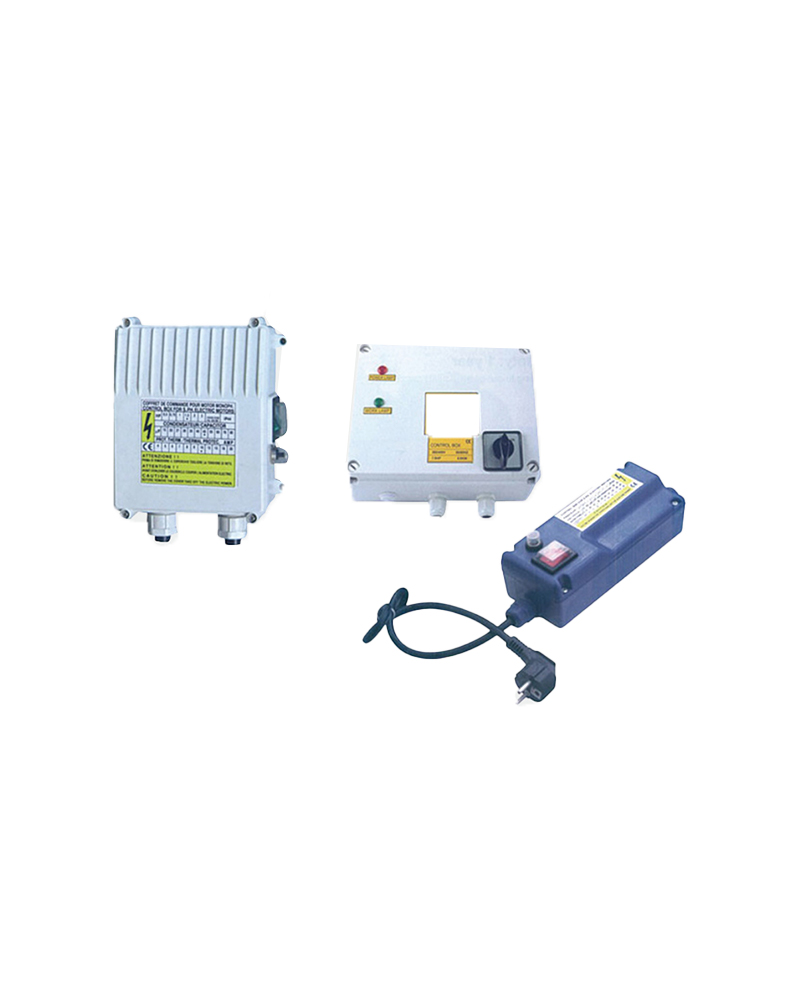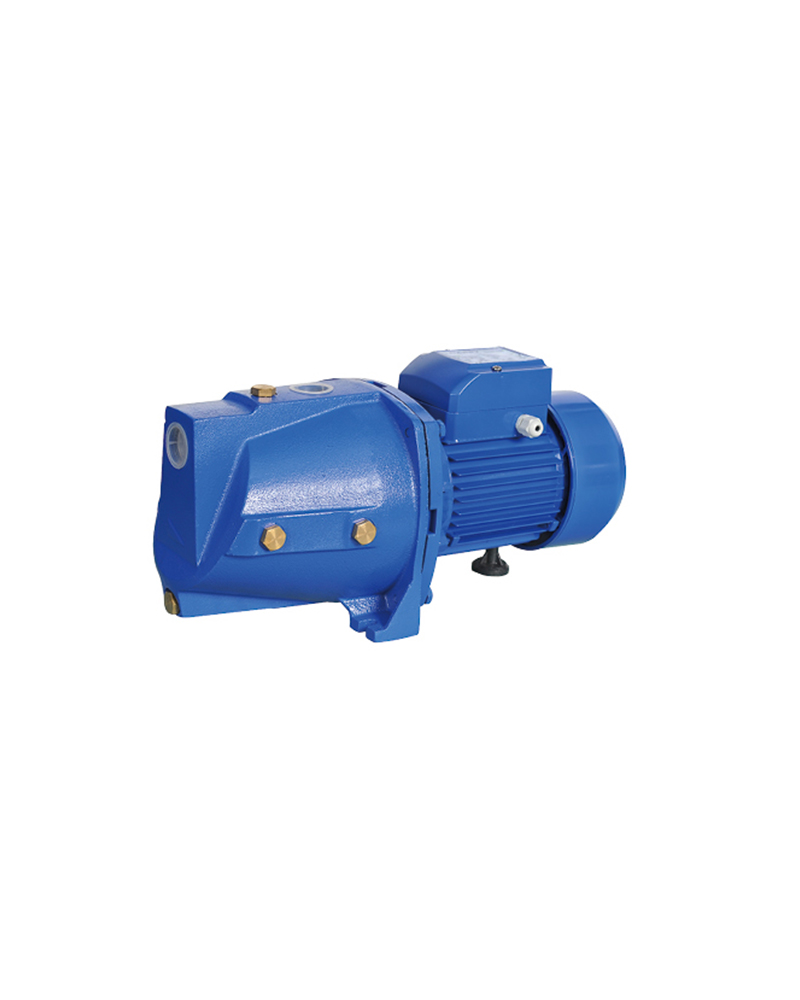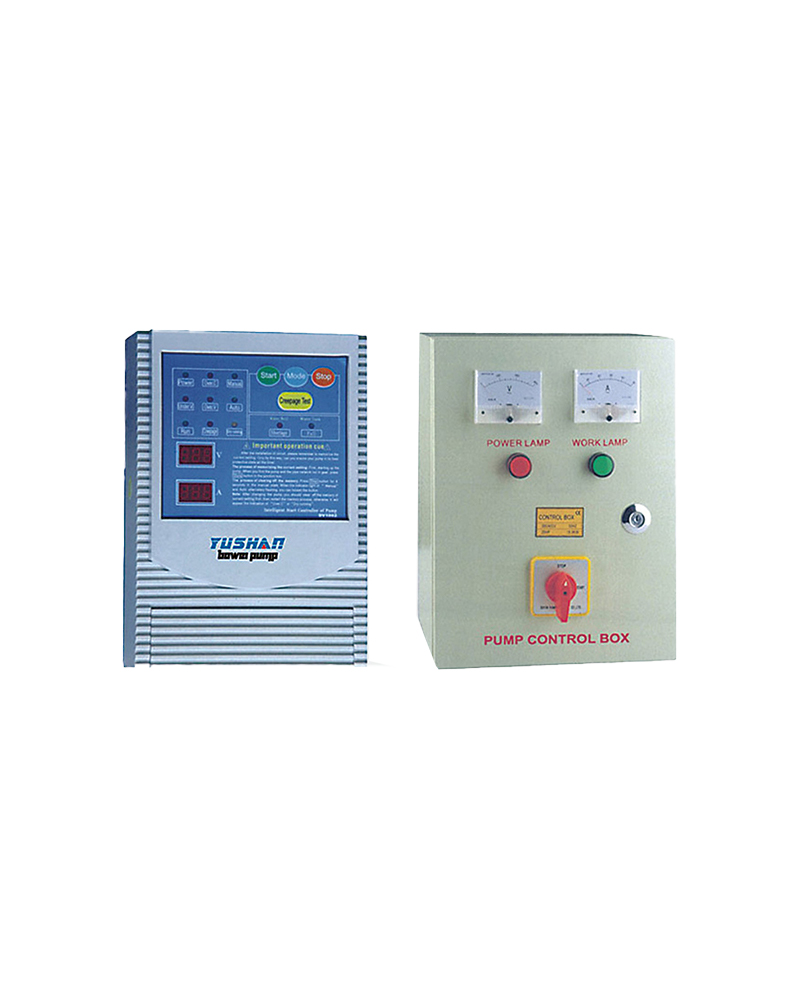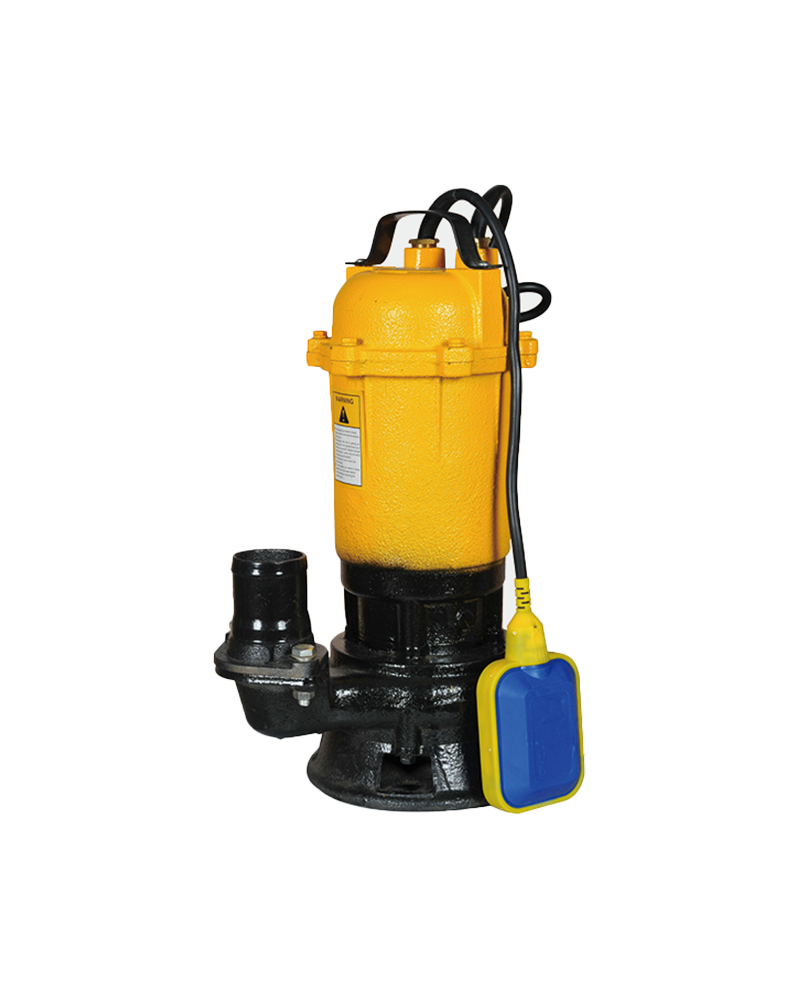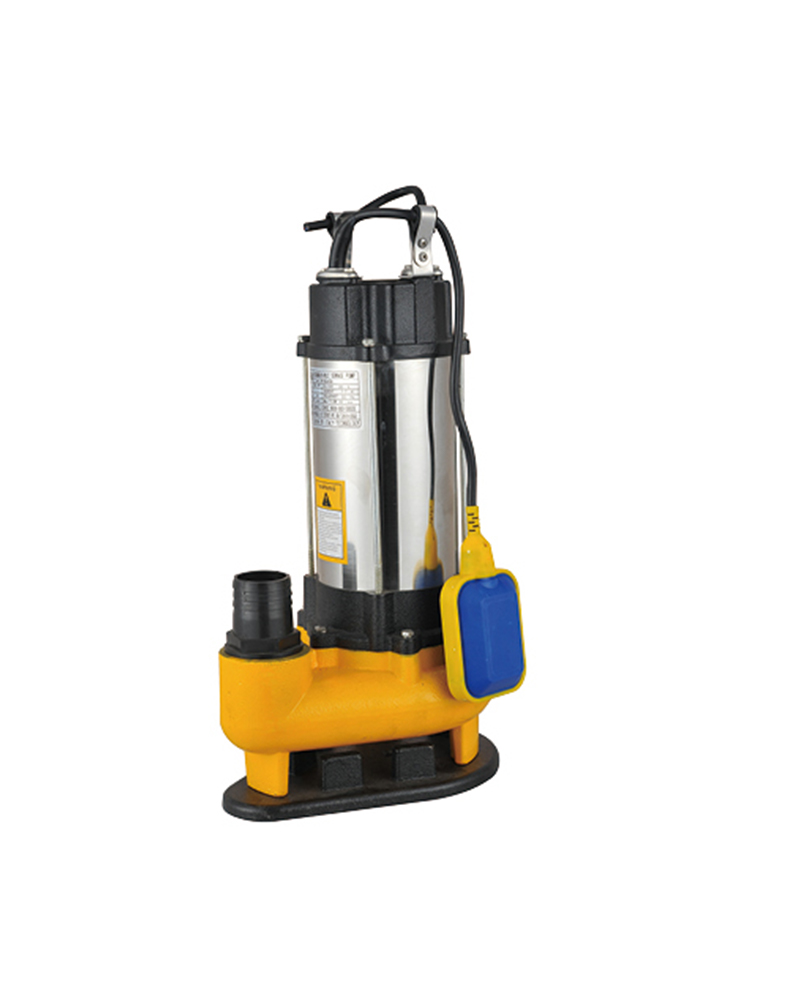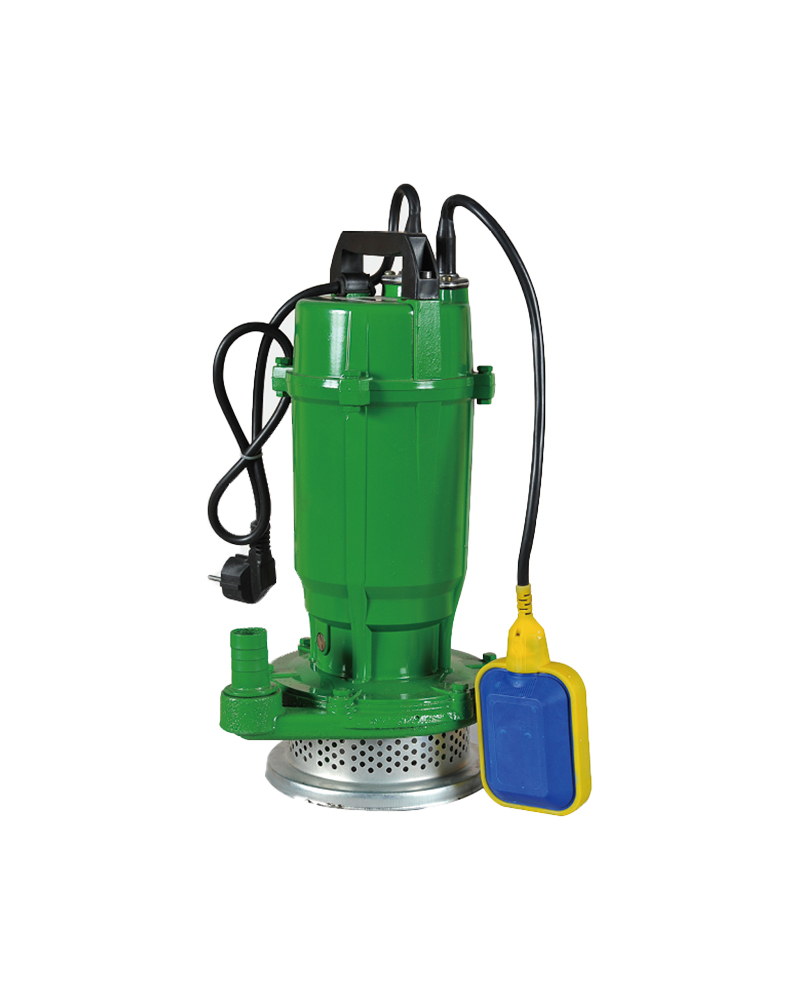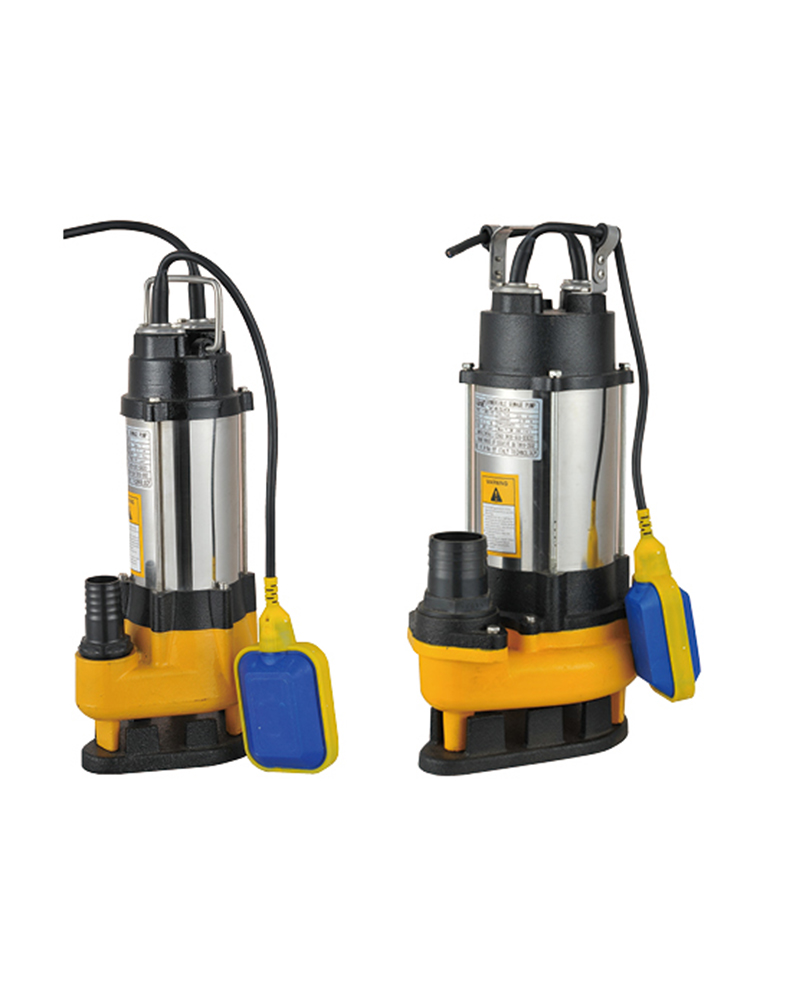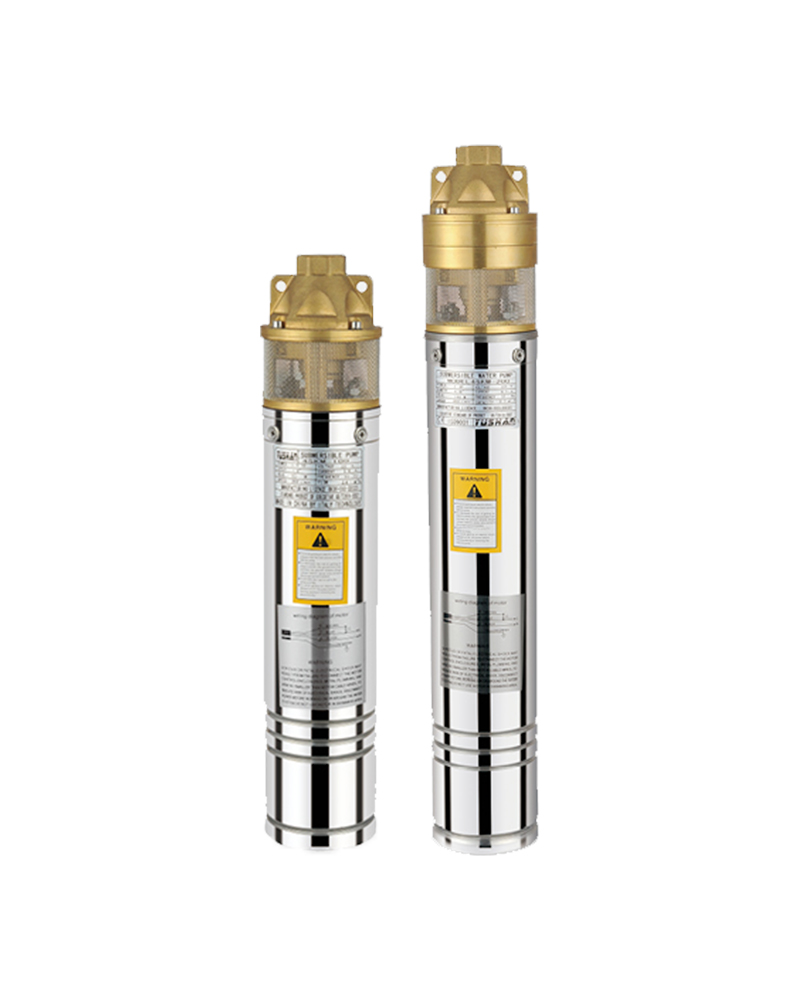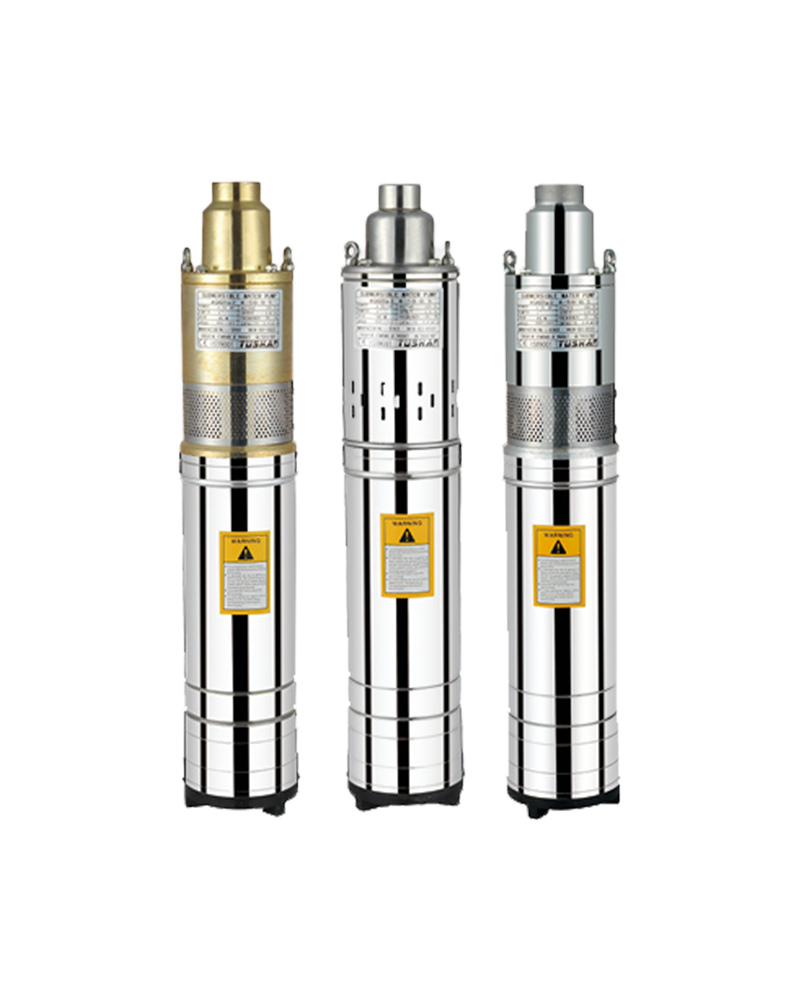The sewage pump is a kind of centrifugal impurity pump and has many forms: such as submersible type and dry type. The commonly used submersible type is QW type submersible sewage pump. There are two types of vertical sewage pumps. Mainly used to transport urban sewage, manure or liquid containing fiber. For the medium of solid particles such as paper scraps, the temperature of the conveyed medium is usually not greater than 80 °C. Because the conveyed medium contains fibers that are easily entangled or bunched. Therefore, the flow passage of this kind of pump is easy to be blocked. Once the pump is blocked, the pump will not work normally, and even the motor will be burned, resulting in poor sewage discharge. It has a serious impact on urban life and environmental protection. Therefore, blocking resistance and reliability are important factors for the quality of sewage pumps.
Why can't the sewage pump pump out water? The small series of the pump manufacturer will introduce it to you.
1. Whether the use head of the fire pump exceeds the rated value. If the actual lift exceeds the rated value of the fire pump, the model of the fire pump with a suitable lift needs to be replaced.
2. There is no water diversion or insufficient water storage in the sewage pump. Only when there is a certain amount of water in the pump body, can the air in the inlet pipe be sucked into the pump due to the centrifugal force generated by the rotating impeller when it is started, mixed with the stored water in the pump to form an air-water mixture, and then Through the air-water separation chamber, the air with a lighter specific gravity is separated from the water, discharged from the water outlet of the pump, and the self-priming pump is made to discharge water. If the water storage in the pump body is insufficient, so that the air cannot be separated from the gas-water mixture, the water filling of the water pump cannot be completed, and the self-priming pump will not produce water.

3. The inlet and outlet valves are not opened, the inlet and outlet pipelines are blocked, and the impeller flow channel is blocked. The motor is running in the wrong direction and the motor is out of phase. Suction tube leaks. The pump is not filled with liquid and there is air in the pump cavity. The inlet water supply is insufficient, the suction lift is too high, and the bottom valve leaks.
4. The fire pump is pressed out of the pipeline, whether there is a problem that the pipeline is too thin. If the line is too thin, just replace the fire pump press-out line.
5. Whether the medium is hot or volatile. If the medium is hot or volatile, it is necessary to reduce the suction lift or install it by backflow.
6. Whether the suction height of the fire pump exceeds the rated range. If so, re-install the position of the fire pump so that the suction height is in the proper position.



 English
English
 Español
Español
 عربى
عربى
